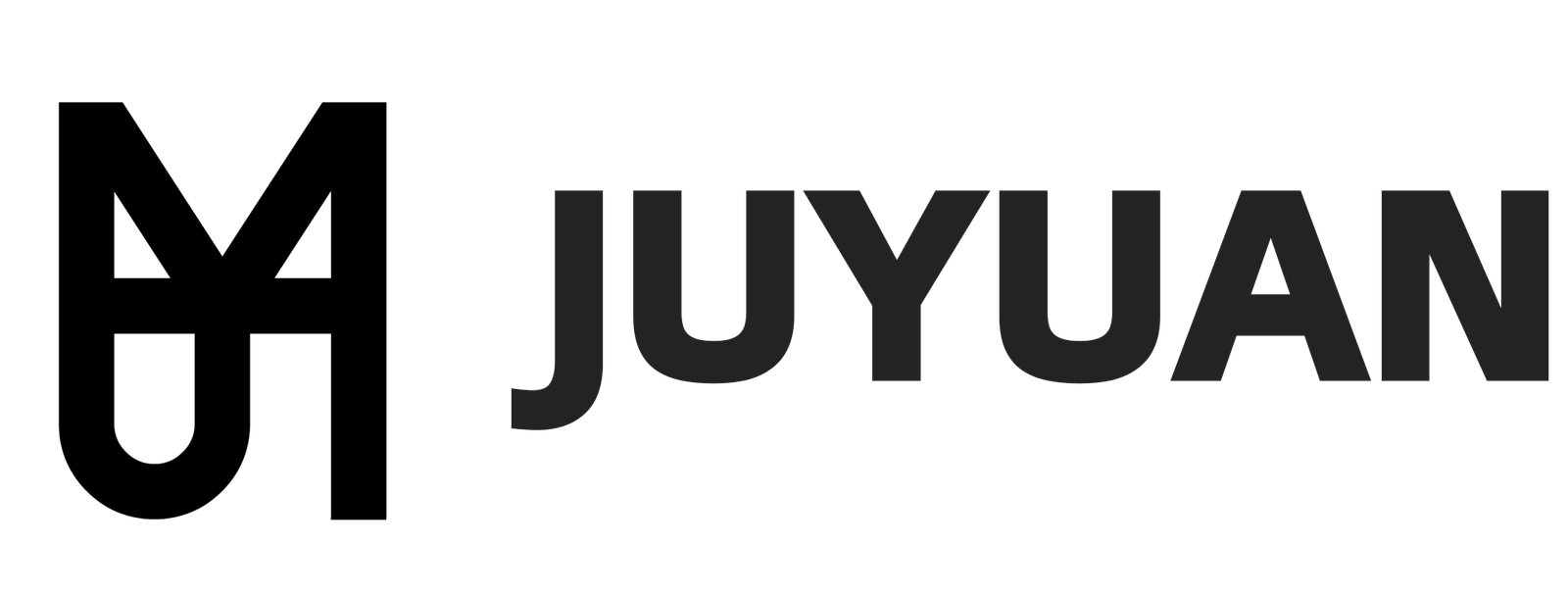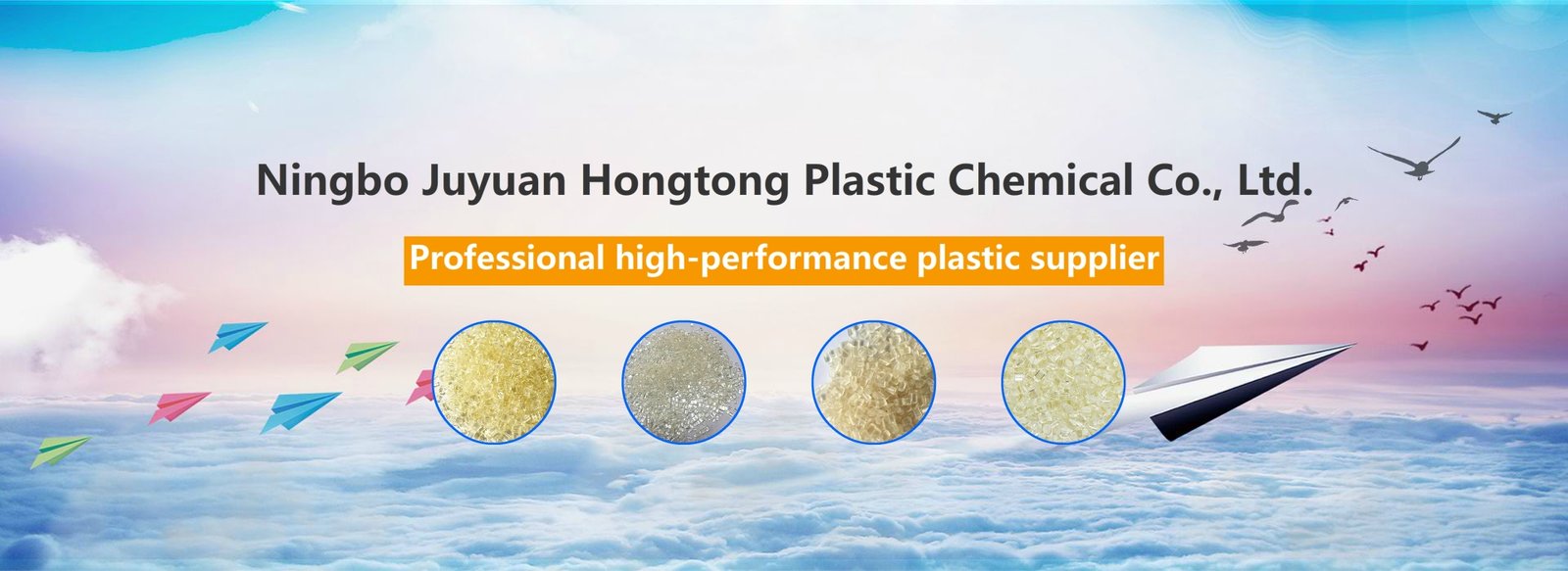01 | The Nature of Competition in the Water Pipe Industry from the Raw Material Perspective
In the construction, home improvement, and municipal pipe network sectors, competition in the water pipe industry has long transcended price wars.
What truly determines a company's long-term success is its product's pressure lifespan, hygienic safety, processing efficiency, and supply stability.
These key performance characteristics ultimately depend on the selection and control of the plastic raw material system.
Currently mainstream plastic systems include:
・PP-R (polypropylene random copolymer): Offers both heat resistance and weldability, used in hot and cold water systems;
・HDPE (high-density polyethylene): Widely used in municipal water and gas pipelines, with excellent resistance to environmental stress cracking;
・PVC-U/PVC-M/PVC-C (rigid polyvinyl chloride systems): Used in drainage and chemical pipelines;
・High-end systems such as PERT, PB, and PEX: Suitable for floor heating and high-temperature water supply systems.
PVC-M, by adding elastomers to improve impact resistance, is gradually replacing some PVC-U applications in cold water systems. PB pipes are primarily active in the high-end markets of Japan, South Korea, and Europe.
On the raw material side, the core competitiveness of water pipe manufacturers lies in balancing cost, processability, and performance stability, and establishing a material system that aligns with future standards.
02 | How High-Quality Plastic Raw Materials Transform Water Pipe Production
Water pipe manufacturers commonly face the following technical pain points:
・Unstable melt flow → uneven pipe wall thickness;
・Thermal oxidative aging → impacting long-term lifespan;
・Color variability and air bubbles → increased defective product rates;
・Large raw material fluctuations → difficulty controlling costs.
Plastic raw material suppliers, represented by Juyuan, help water pipe manufacturers enhance their competitiveness through the following methods:
🔹 Material System Optimization:
Selecting stable grades (such as SK from South Korea, SABIC from Saudi Arabia, LCY from Taiwan, and domestic first-tier petrochemical systems) allows for higher production capacity and lower scrap rates on the same production line.
🔹 Processing Parameter Matching:
Providing recommendations on melt index (MFI), heat stabilizer systems, and extrusion parameters to ensure stable flow during injection molding and extrusion processes.
🔹 Compounding and Compatibility Support:
Provide compatibility solutions for additives, fillers, and masterbatches to improve appearance consistency and mechanical balance.
🔹 Stable Supply System:
Multiple warehousing and batch traceability management ensure raw material consistency and delivery reliability.
03 | Technical Perspective: Different Polymers Determine Different Pipe System Performance
| Pipe System | Recommended Resin | Structural Characteristics | Processing Performance | Key Certification Standard |
| PVC-U / PVC-M | PVC granule | Amorphous structure, high rigidity | ความเสถียรของมิติที่ยอดเยี่ยม | ISO 1452 |
| PE80 / PE100 | Polyethylene granule (PE granule) | Semi-crystalline structure, high toughness | Strong impact resistance, easy hot-melt processing | ISO 4427 |
| PP-R | PP-R material | Random copolymer structure | Excellent thermal stability for hot water applications | ISO 15874 |
| CPVC | Chlorinated polyvinyl chloride granule (CPVC granule) | Chlorinated structure | Outstanding high-temperature and chemical resistance | ASTM D2846 |
| PB | Polybutylene granule (PB granule) | Flexible polyolefin structure | Low noise, excellent creep resistance | ISO 15876 |
Professional suppliers not only provide the right polymer system but also understand the following key relationships:
-Molecular weight distribution affects melt strength and extrusion stability;
-Additive systems affect UV resistance and color variability control;
-Compatibility between different extrusion grades affects downtime and batch changeover efficiency.
This material-level understanding is the key difference between a "supplier" and a "technical partner."
04 | Case Study: Upgrading from PP-R Pipe to HDPE Gas Pipe
Take PP-R hot water pipe as an example. General-grade materials are prone to brittle cracking after repeated thermal cycles. Juyuan's high-crystallinity modified PP-R system, featuring an optimized random copolymer structure, maintains stable toughness even under long-term exposure to 80°C hot water, making it widely used in hot and cold water systems and home improvement projects.
For HDPE gas pipes, Juyuan offers a variety of PE100 grades with low residual stress and excellent ESCR (environmental stress cracking) resistance. These grades maintain dimensional stability under high pressure, complying with ISO 4427 standards.
05 | Supply Chain Perspective: Stability is the Hidden Cost Advantage
In water pipe production, downtime losses caused by batch variations or delayed delivery often far exceed even small differences in raw material prices.
Therefore, supply chain stability has become a key indicator in procurement decisions.
Juyuan ensures supply continuity through the following systems:
🌏 Multi-region sourcing network: Covering Asia, the Middle East, and Europe, mitigating the risk of regional shortages;
📄 Batch traceability: Each batch includes a COA and SDS;
🧊 Standardized warehouse testing: Ensures consistent melt index, color, and moisture content;
🚛 Integrated logistics services: Reduce lead times and ensure inventory continuity for long-term customers.
Production data from Southeast Asian customers indicates that a stable resin supply can increase production utilization by 8–12% and reduce scrap by over 15%.
06 | Industry Trends: Three Evolutionary Directions for Water Pipe Raw Materials
The global water pipe plastics market is experiencing three major trends:
1️⃣ Sustainability and Recyclability
Single-material PP-R and PE systems are growing rapidly, and Ca-Zn stabilized systems are replacing lead-based systems.
2️⃣ Structural Enhancement and Heat Resistance Upgrades
Demand for glass fiber-reinforced PP-R, CPVC blends, and multi-layer composite structures is increasing.
3️⃣ Stricter Regulations and Certifications
Drinking water pipes must comply with NSF, WRAS, ACS, EN, and China's GB/T 17219 standards.
Purchasing decisions are shifting from "what can be used" to "what systems meet future standards."
Suppliers who proactively anticipate new regulations and environmental trends will become strategic partners for their customers.
07 | Juyuan's Positioning: More Than Just a Supplier, More Than a Collaborator
Leveraging 24 years of experience in plastic raw material trading and technology, Juyuan provides water pipe manufacturers with a complete material, technology, and supply chain support system:
🌍 Global Supply Network: Covering multiple raw material systems including PVC, PE, PP-R, CPVC, and PB;
🔬 Technical Consulting Services: Providing MFI matching and additive system optimization;
📦 Guaranteed batch consistency and warehouse testing;
🧾 Comprehensive Certifications: Complying with international standards such as REACH, RoHS, FDA, and NSF;
⚙️ Customized Modification Services: Meeting specific flow, impact resistance, and color requirements.
Whether you're producing economical PVC drain pipes or high-end CPVC hot water pipes,
Juyuan can ensure your raw material system and processing technology are perfectly matched to your target market.
08 | Conclusion: Raw materials define the system, and the system defines competitiveness
In modern water pipe manufacturing, raw materials are the starting point of the product lifecycle. Choosing a stable, professional, and internationally-focused supply partner not only ensures production continuity but also builds your company's long-term competitive advantage.
Juyuan—not only a supplier of plastic raw materials, but also a technical collaborator for every extrusion line.
Contact Juyuan for material solutions and sample testing support for PVC, PP-R, CPVC, เอชดีพีอี, and other water pipe systems.

